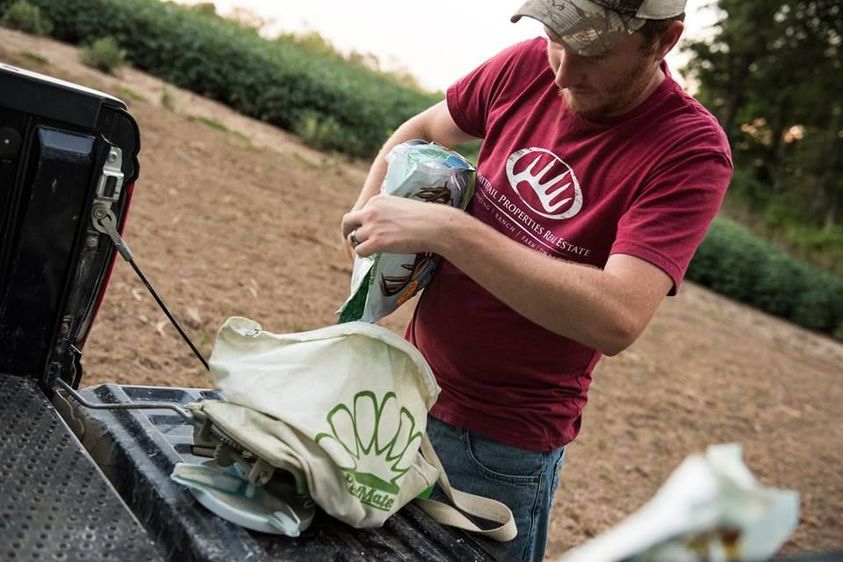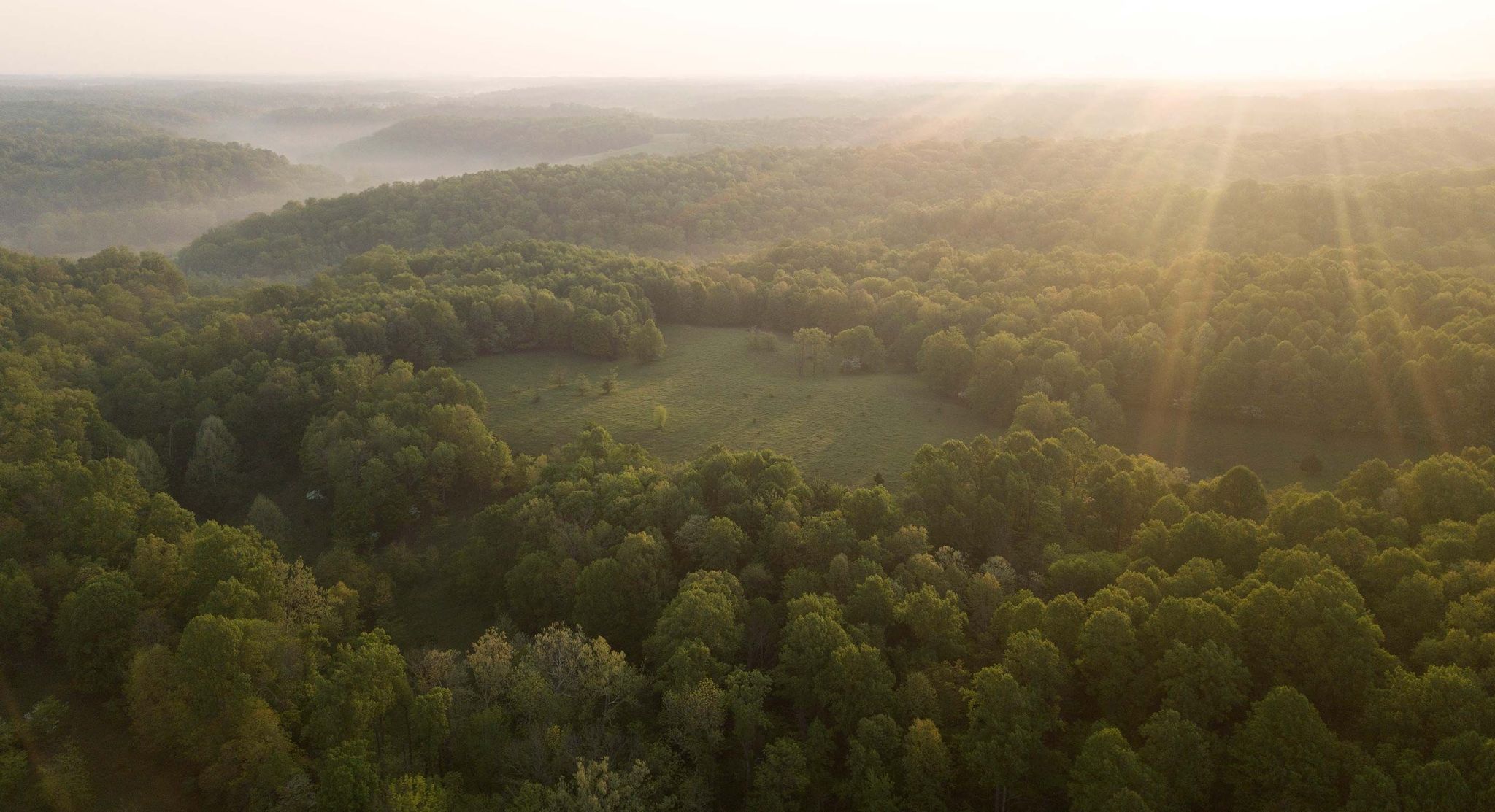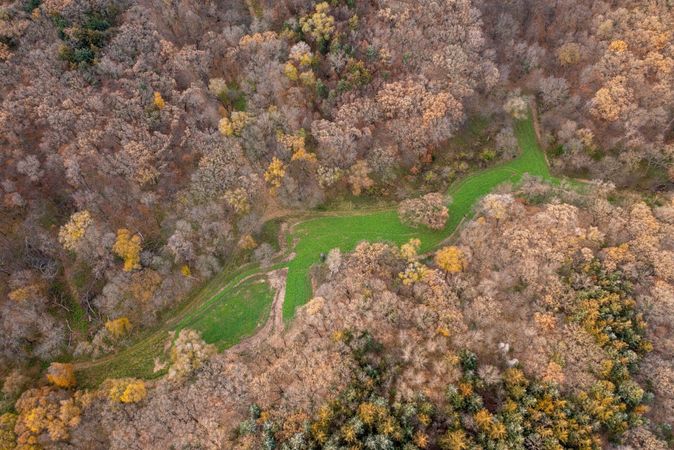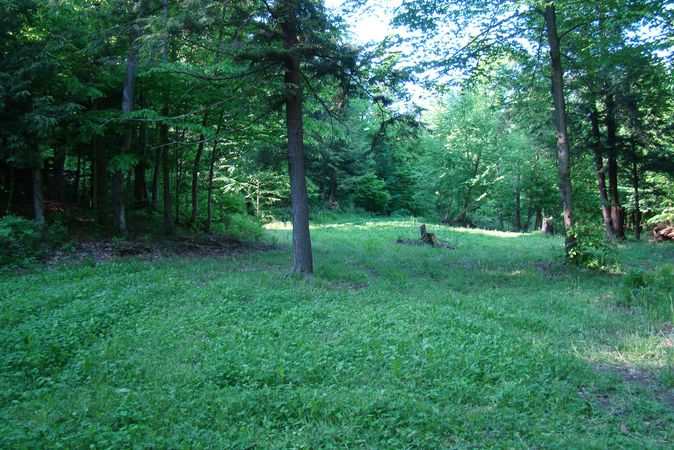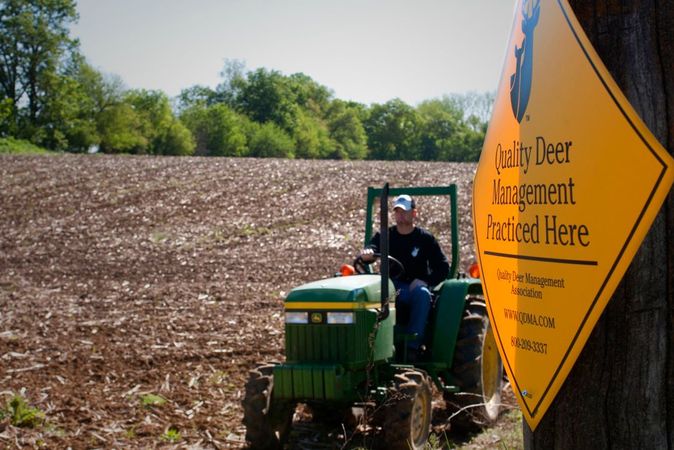The Best Spring Food Plots for Deer
The average whitetail will consume around seven pounds of food per day. That’s 2,600 pounds a year. During the spring and summer, biologists say a deer’s diet should be 16 percent protein for optimum growth. Under those demanding nutritional circumstances, native vegetation can only go so far in providing deer with what they need. Read on for an introduction to your spring planting guide for deer plots.
When it comes to deer food plot seed options in spring, “Protein levels in natural forage can be limited,” said Tom James, an Indiana land specialist. “If you can find wild plants with around 12-16 percent protein that is really good. But on average they’re less than that. So planting a food plot is an excellent supplement.”
As wildlife management has evolved, we’ve come to understand that food plots provide deer with health benefits they wouldn’t otherwise get from natural browse. Does are able to better rear fawns, bucks grow bigger racks, and the entire herd can gain enough weight to survive a cold winter.
This has turned hunters into farmers. The best spring food plots for deer require the proper implementation of seeds, fertilizers, and any chemicals required to maintain healthy soil. You’ll also notice the same heavy machinery found in a small-scale farming operation. As with any investment, ensure you’re getting everything you possibly can out of your food plot.
Choose Your Plants
Cool-season legume perennials (plants that live over two years) like clover, alfalfa and chicory are good options to fill out your spring planting guide for food plots. Usually, clover will produce around two to four tons per acre. It’s easily digestible for deer and provides them with plenty of protein. Alfalfa is also packed with protein and can last well over five seasons if cared for properly. Chicory is a hardy plant with deep roots that can tolerate acidic soils, crowd out weeds and withstand drought. What’s more, its leaves pack up to 30 percent protein.
The spring-to-summer transition is a stressful period for clover. Due to the excess heat and lack of water, they can go dormant until it gets cooler. A hardier plant like chicory will perform better under dry, hot conditions and provide food for deer when clover can’t. For that reason, James said to plant a mix of different varieties in a food plot. Or, be more strategic than that and plant a companion crop like a cereal grain such as winter wheat, cereal rye and oats.
“It’s possible to get a bad infestation of weeds right after planting something like clover,” James said. “A companion crop suppresses weed competition.”
Triticale, a hybrid cross between cereal rye and durum wheat, is a late-maturing, high-protein plant that also works as a companion crop and a good choice for deer food plot seed options in spring. It suppresses weeds well, and its dark green leaves make it attractive to deer. James cautioned against planting too many companion crops because they can crowd out your perennial legumes. With a proper balance, the burgeoning perennials will be protected from the harsh summer sun by the cereal grains, allowing them time to establish a healthy root system. The deer will readily feed on the grains in the meantime. When summer is at its peak, around the end of July, the grains will brown and turn to straw. James advised cutting them to around six inches high, which will allow the legumes to continue growing.
Soybeans are one of the best options in food plots for deer as they're high in protein, grow fast and whitetails can't get enough of them.
“We refer to it as green manure,” James said. “It creates great attraction and improves the soil. In late July, early August, after you cut it, you can go back and plant fall annuals that’ll last into hunting season.” Soybeans are definitely a crop to consider in your quest for the best spring food plot for deer.
Lasting Impacts
The cool-season perennials will go dormant during the winter, but they’ll start to pop back up by spring as temperatures warm up. This is crucial for your deer herd, James said. It gives them a food source at a time of year they need it the most.
“The deer are stressed coming out of the winter,” he said. “They’ve had a stressful rut and there’s no good forage left in the timber because it’s too early. Those early plants in your food plot are just a like a relief valve. As a bonus, they attract to turkeys too.”
When it comes to a spring planting guide for food plots, look no further than a varied and nutritious diet filled with both protein and carbohydrates. With a thoughtful strategy and a bit of luck, you'll be chasing world-class bucks on your property in no time.


